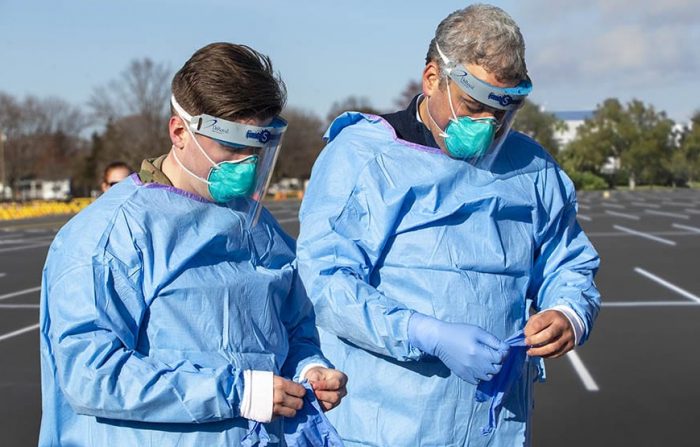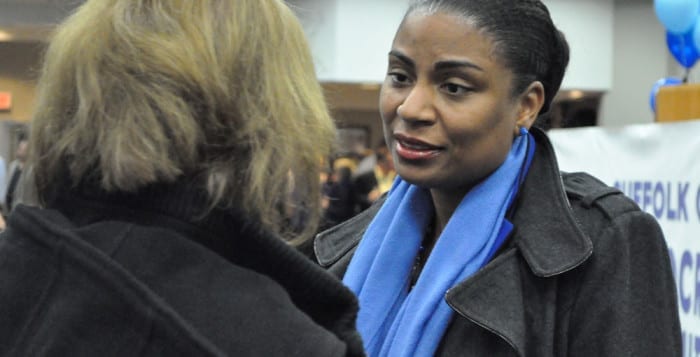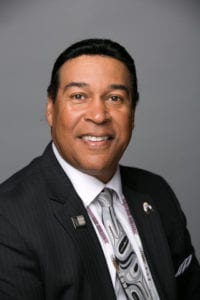Buttercup’s Dairy, owned by Rich Smith and family, is located at 285 Boyle Road at the corner of Old Town Road. They are a long time loyal member of the Port Jefferson Station/Terryville Chamber of Commerce. The bonny red building is the stalwart edifice of the Terryville community. The original 1935 dairy farm established by Smith’s grandparents, Mr. and Mrs. Kroll, extended more than 50 acres. It was engaged in a vigorous regional dairy trade. Local needs led the family to start selling food staples.
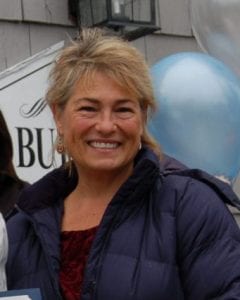
Sitting on several serene acres today, and free of the cattle it was once known for, the interior of Buttercup’s is refurbished. We find a variety of organic eggs, chicken, beef, dairy, nut and soy milks, grocery and health food items, ice, cold cuts, cakes, seasonal chocolate candy specialties, sundries, plus outside we enjoy the benches for eating lunch and the Little Free Library kiosk. It is also adorned with poster sized photographs of what the farm and grounds looked like years ago. Shopping there is a treat. Perhaps you’ve seen their mascot, Speedy Cow, at local chamber of commerce events and fundraisers.
So what happens to business at Buttercup’s, amid a global pandemic? This community known historically as “the land of steady habits” and “the place where many paths meet” could only be thus: “This community has been great,“ Rich Smith said.
Physical adjustments made inside protect everyone, meet U.S. Centers for Disease Control and New York State guidelines, and are met with appreciation by customers. The call-in order system for cold cuts is working well; no congregating on either side of the deli case, which keeps staff and patrons safe. It is easy to stop in for fast service. Swing by to pick up dinner with local zucchini and tomatoes and a whole fresh watermelon or a pie for dessert 631-928-4607
Joan Nickeson is an active member of the PJS/Terryville community and community liaison to the PJS/T Chamber of Commerce.





 The winning photo (on right) was taken at the Town of Brookhaven’s Cedar Beach in Mount Sinai. A resident of Middle Island, Ms. Kelly is pictured with her son, Caedyn, who is her “photo assistant” and a frequent subject of his mother’s photographs.
The winning photo (on right) was taken at the Town of Brookhaven’s Cedar Beach in Mount Sinai. A resident of Middle Island, Ms. Kelly is pictured with her son, Caedyn, who is her “photo assistant” and a frequent subject of his mother’s photographs. 
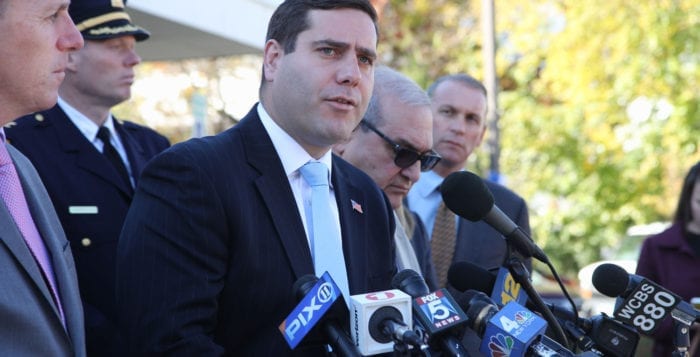

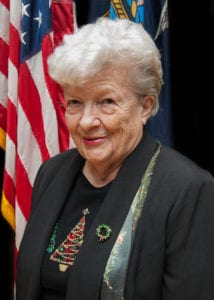 1. Items 1a, 1b,and 1c require the assistance of the Suffolk County Board of Elections. It is suggested that you contact them by email so you spend time on a long phone hold:
1. Items 1a, 1b,and 1c require the assistance of the Suffolk County Board of Elections. It is suggested that you contact them by email so you spend time on a long phone hold: